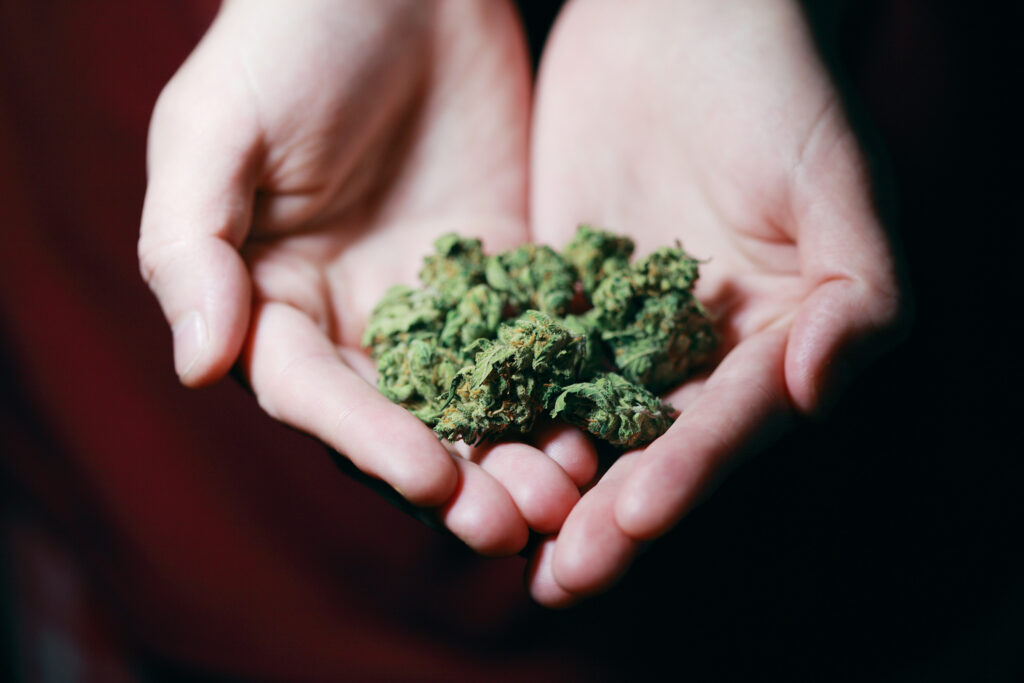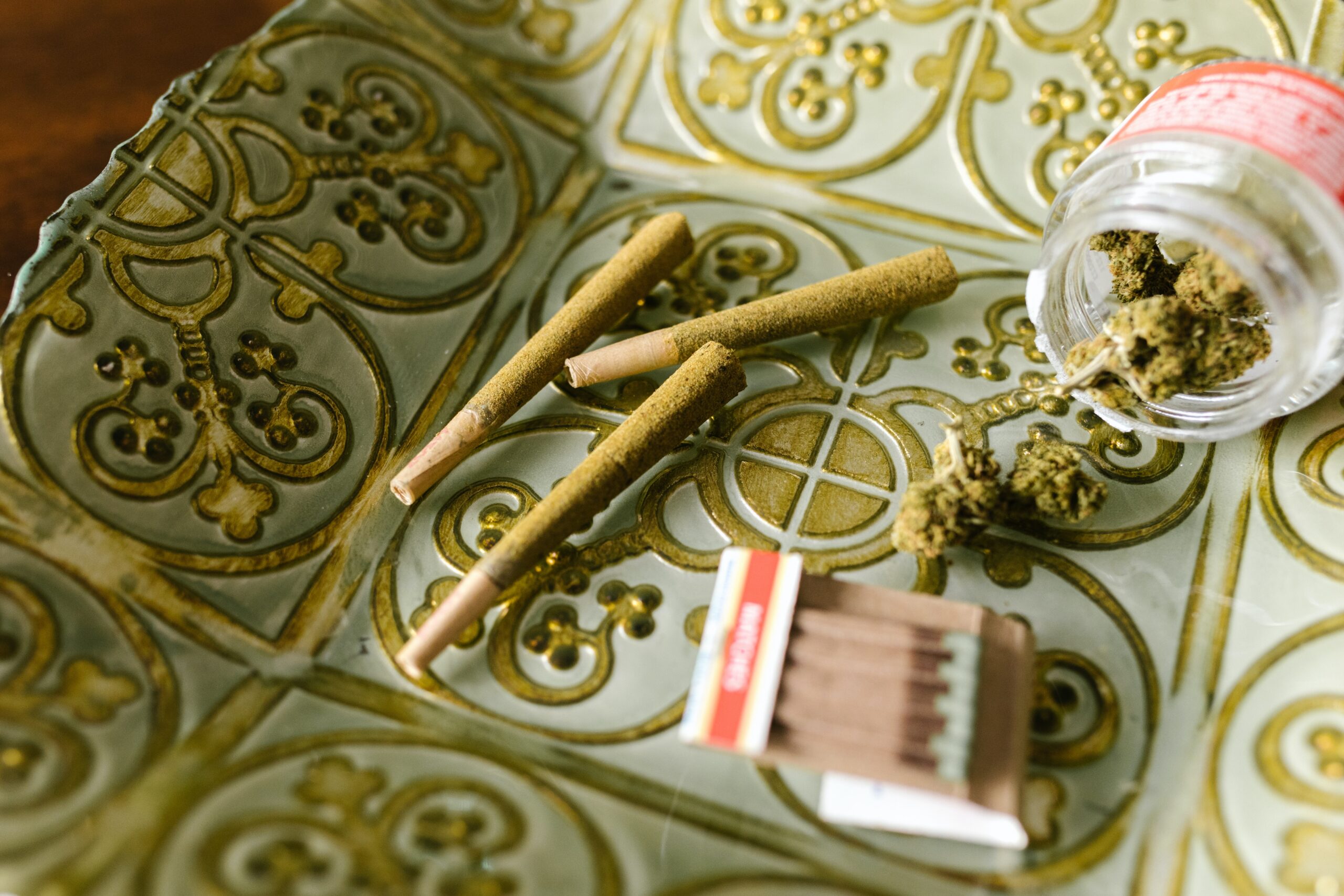Traditionally, the buds are allowed to dry in an environment with little humidity. They’re then shipped off to the trimming room where trained hands carefully manicure them for both beauty and high-quality standards. Once groomed, these well-mannered flowers end up in a dark environment, one that contains low amounts of moisture so as to cure properly–provided it doesn’t combust during this time.
Whether you prefer joints, blunts, bongs or pipes; when it comes down to smoking weed harvested by way of curing – we recommend going through this part of the process yourself. You see while cannabinoids degrade gradually due course or temperature changes; luckily with the freezing technique we use you can keep them fresher than ever before! Yet because they’ve remained alive there’s a higher chance you’ll achieve Live Resins–compared to aged concentrates usually leading to crumbles, shatters etc.
Traditionally, the flowering marijuana plants are given time to dry a bit before being handled. The buds are then carefully separated from their stems and passed to a trimming crew who examine them for quality. Those trimmed buds are then jarred up and stored in a dark, cool room while they cure so they’ll have smooth taste and desirable effects when smoked. If you plan on smoking the weed grown this season after it’s harvested, it needs to be cured properly first – whether inside or outside away from light – which means storing it in jars until its ready.
We know that both cannabinoids and terpenes change with age; some degrade quickly if exposed to too much heat or sunlight over long periods of time. To avoid degrading them during the curing process, growers store harvested cannabis buds in jars without airflow until they’ve reached maturity (about two weeks). These sealed containers ensure there is no degradation – which means fresher tasting cannabis all around!
Typically, the plants are given time to dry a bit before being trimmed down and manicured for quality assurance. These prepped flowers are then jarred and transferred to an airtight space for curing- which could take anywhere from weeks to even months before it reaches optimal potency.
Whether you prefer rolling joints, blunts, bongs or even pipes – if you want to maximize its taste and effects, this is how one should approach it after harvest. Both cannabinoids and terpenes change over time (and can degrade at certain temperatures). While both methods might produce great end products such as concentrates or edibles; freezing of plants interrupts this degradation process (leaving cannabis resin intact). This gives many cannabis aficionados reason to claim that live resin extracts make better concentrates than those extracted from aged trichomes–though some argue that there’s not much difference.
Cannabis concentrates truly are the best of the best these days – with only a few exceptions. Yeah, I’m looking at you – please don’t blow it up man! Nowadays, those little bubble blowers and wimpy hash heads just won’t cut it anymore; they’ve got nothing on the newest top shelf products to hit weed shops. Cannabis concentrates now cost around $80-90 per gram and demand high quality stuff – so if you think your dirty, old water pipe is going to be all that just because it says Hash on it, think again! These days there’s plenty of options for both professionals and novices alike who know what they’re doing or would like to learn about hash oil extraction techniques. Sure this requires some time commitment but once you figure out how to make awesome oils from half nugs without turning them into goo then life just gets sweeter!
We have come a long way from the days of old-school messy, crumbly and sputtering butane extracts that were harvested out of sooty hands. Nowadays, we’ve got full spectrum extracts that are exploding off the shelves at dispensaries across America–sometimes going for upwards of 80 bucks a gram!
No expense is spared when it comes to making this stuff delicious–oils are pressed with care and strained through pristine living veg leaves before being washed until clean; sometimes taking as much as six months to fully filter out all those particles floating around in there.
Unfortunately, there still exists quite a bit of confusion amongst both producers and consumers who can’t tell one type of concentrate from another – which leads me to an observation earlier last week where my bud tender asked me if I wanted Live Rosin or Badder?…
I couldn’t help but laugh.
We have come a long way since the days of poorly purged, crumbly, and sputtering dabs of Butane Hash Oil (BHO), or at least, most people have. Yes – I’m looking at you – don’t make that bad mistake again; just look how far we’ve come!
Today, cannabis concentrates truly are the top-shelf product in any weed shop, usually costing over $80 per gram of pure THC oil. It’s no surprise then that they command such high prices due to their quality! So it can be frustrating when someone drops 100 bucks on live rosin only to find out what the heck it is later.
Luckily there are professionals who understand this stuff really well and can tell if something is good based there fore saving both you and me from wasting hard earned money on something we thought would be amazing but isn’t worth it!

Traditionally, the buds are allowed to dry in an environment with little humidity. They’re then shipped off to the trimming room where trained hands carefully manicure them for both beauty and high-quality standards. Once groomed, these well-mannered flowers end up in a dark environment, one that contains low amounts of moisture so as to cure properly–provided it doesn’t combust during this time.
Whether you prefer joints, blunts, bongs or pipes; when it comes down to smoking weed harvested by way of curing – we recommend going through this part of the process yourself. You see while cannabinoids degrade gradually due course or temperature changes; luckily with the freezing technique we use you can keep them fresher than ever before! Yet because they’ve remained alive there’s a higher chance you’ll achieve Live Resins–compared to aged concentrates usually leading to crumbles, shatters etc.
Traditionally, the flowering marijuana plants are given time to dry a bit before being handled. The buds are then carefully separated from their stems and passed to a trimming crew who examine them for quality. Those trimmed buds are then jarred up and stored in a dark, cool room while they cure so they’ll have smooth taste and desirable effects when smoked. If you plan on smoking the weed grown this season after it’s harvested, it needs to be cured properly first – whether inside or outside away from light – which means storing it in jars until its ready.
We know that both cannabinoids and terpenes change with age; some degrade quickly if exposed to too much heat or sunlight over long periods of time. To avoid degrading them during the curing process, growers store harvested cannabis buds in jars without airflow until they’ve reached maturity (about two weeks). These sealed containers ensure there is no degradation – which means fresher tasting cannabis all around!
Typically, the plants are given time to dry a bit before being trimmed down and manicured for quality assurance. These prepped flowers are then jarred and transferred to an airtight space for curing- which could take anywhere from weeks to even months before it reaches optimal potency.
Whether you prefer rolling joints, blunts, bongs or even pipes – if you want to maximize its taste and effects, this is how one should approach it after harvest. Both cannabinoids and terpenes change over time (and can degrade at certain temperatures). While both methods might produce great end products such as concentrates or edibles; freezing of plants interrupts this degradation process (leaving cannabis resin intact). This gives many cannabis aficionados reason to claim that live resin extracts make better concentrates than those extracted from aged trichomes–though some argue that there’s not much difference.

